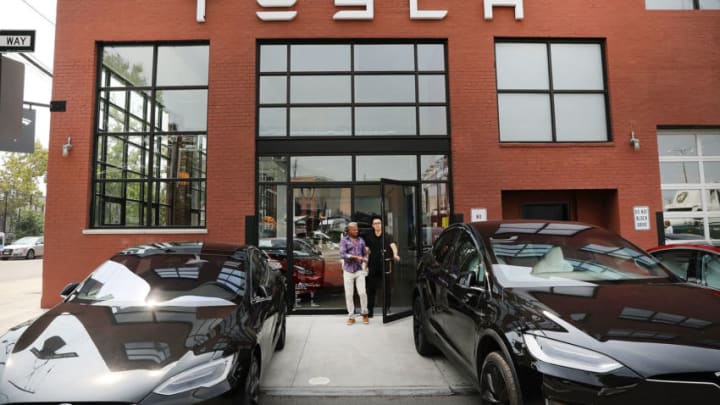Elon Musk is “certain” that Telsa vehicles will be fully autonomous by the end of the year. Although this monolithic claim may very well be true, a look at history reminds us that foolishness can be fatal.
Technology is making exponential leaps and bounds into an exciting new horizon. But a cautionary tale is begging to be heard, by those who will listen. Let’s set the stage really quickly, in order to maintain parity in a hot-topic debate.
Tesla is propelling the leading edge of the self-driving spearhead that will likely permeate new car lots across the globe in a short time. The technology is in an adolescent stage, and the kinks are being worked out as they arise.
Proven Design vs. Emerging Technology
You really can’t fault the NEW technology for its inherent shortcomings so early in the game; not like you would fault a PROVEN technology for falling short of expectations on a production level. Case in point: Subaru and their massive oil consumption issue.
Non-Subaru owners are likely none the wiser to the epidemic, but if you’ve ever owned a flat/opposed engine design – be it a Volkswagen Beetle or a Porsche 911 – you are no stranger to oil consumption.
It’s a design characteristic of the opposed engine configuration, (although the severity fluctuates between specific engines).
The Subaru flat-four has been under scrutiny for excessive engine oil consumption over the last few years, and only recently has Subaru stepped up to admit fault.
They knew about it, but it took an overwhelming mountain of irrefutable evidence to stare them in the face before they took responsibility, and began to take corrective action.
Moral of the story: That’s just shady – any way you cut it! There’s no foreseeable way to conceive that Subaru had no idea their flat-fours were oil-eaters!
The opposed engine design has been a mainstay powerplant for the Japanese manufacturer since 1966 (Hemmings). To assert that they didn’t know is just preposterous!
